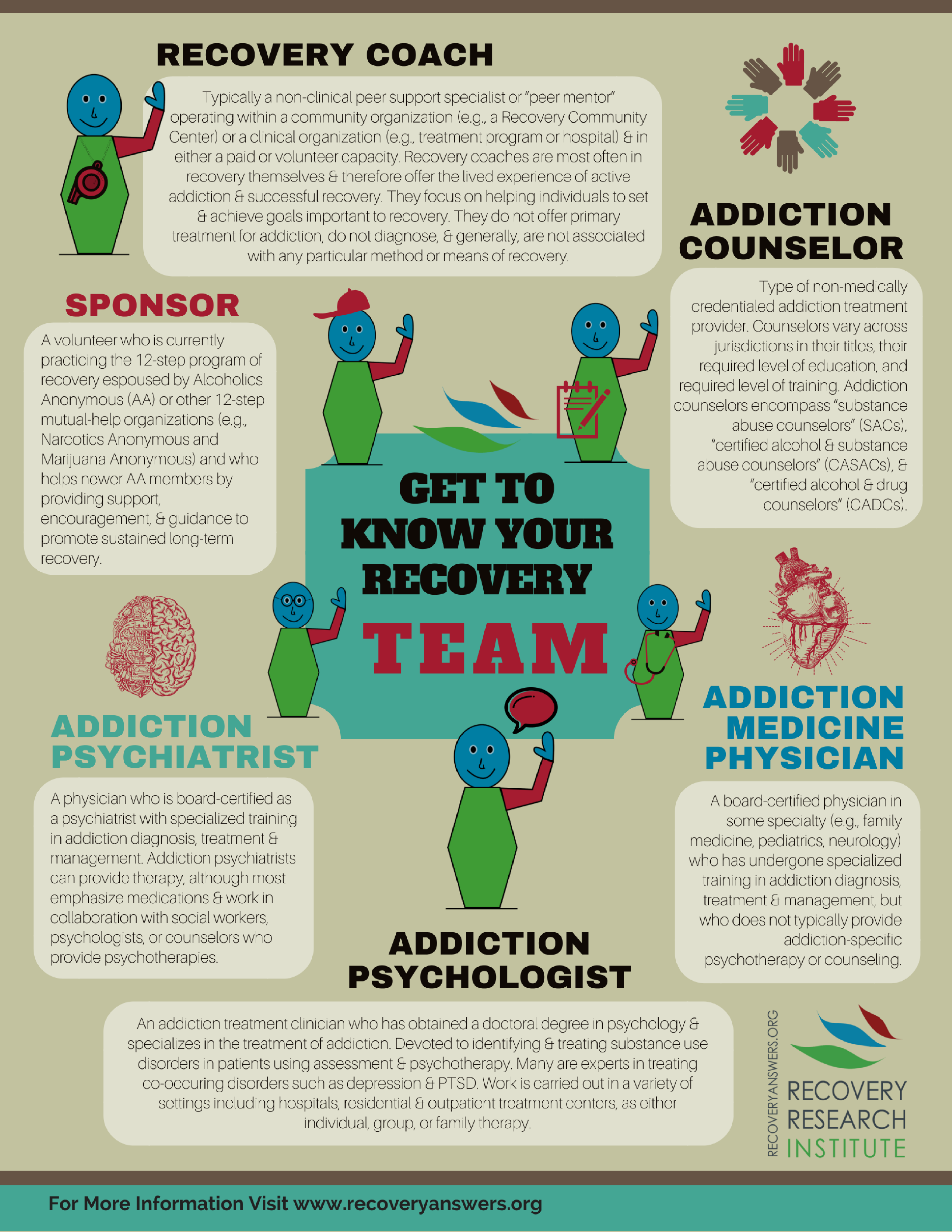How Does Perfectionism Relate To Ocd
How Does Perfectionism Relate To Ocd
Blog Article
Exactly How Do State Of Mind Stabilizers Work?
State of mind stabilizers assist to calm locations of the mind that are impacted by bipolar disorder. These medications are most efficient when they are taken consistently.
It might take a while to discover the best medication that functions best for you and your doctor will certainly check your condition throughout treatment. This will certainly include regular blood examinations and perhaps a modification in your prescription.
Neurotransmitter law
Natural chemicals are a group of chemicals that manage one another in healthy people. When levels end up being unbalanced, this can bring about mood problems like anxiety, anxiety and mania. State of mind stabilizers help to avoid these episodes by helping control the balance of these chemicals in the mind. They also might be utilized alongside antidepressants to improve their effectiveness.
Medicines that work as state of mind stabilizers consist of lithium, anticonvulsants and antipsychotics. Lithium is possibly one of the most popular of these drugs and works by affecting the flow of salt via nerve and muscular tissue cells. It is most often used to treat bipolar illness, yet it can also be useful in dealing with various other state of mind problems. Anticonvulsants such as valproate, lamotrigine and carbamazepine are additionally reliable state of mind maintaining drugs.
It can take some time to find the best kind of medicine and dosage for every individual. It is very important to collaborate with your medical professional and engage in an open dialogue about how the medication is working for you. This can be especially helpful if you're experiencing any adverse effects.
Ion channel modulation
Ion channels are a major target of state of mind stabilizers and several various other drugs. It is currently well developed that they are vibrant entities that can be regulated by a range of outside stimuli. Additionally, the modulation of these channels can have a variety of temporal impacts. At one extreme, modifications in gating dynamics may be fast and instant, as in the nicotinic acetylcholine receptor/channel system. At the other end of the spectrum, covalent alteration by healthy protein phosphorylation might lead to modifications in channel function that last much longer.
The area of ion channel modulation is entering a duration of maturation. Recent studies have demonstrated that transcranial concentrated ultrasound (United States) can promote neurons by activating mechanosensitive potassium and sodium networks installed within the cell membrane. This was demonstrated by shared networks from the two-pore domain potassium family in Xenopus oocytes, and concentrated United States substantially modulated the present flowing via these channels at a holding voltage of -70 mV (best panel, relative result). The results are consistent with previous monitorings showing that antidepressants impacting Kv networks control glia-neuron interactions to contrary depressive-like habits.
Neuroprotection
Mood stabilizers, like lithium, valproic acid (VPA), and carbamazepine, are essential in the therapy of bipolar affective disorder, which is characterized by recurring episodes of mania and anxiety. These drugs have neuroprotective and anti-apoptotic properties that aid to prevent mobile damage, and they additionally improve cellular durability and plasticity in dysfunctional synapses and neural wiring.
These protective activities of mood stabilizers might be mediated by their restraint of GSK-3, inositol signaling, and HDAC activity. In addition, long-lasting lithium therapy secures versus glutamate excitotoxicity in cultured nerve cells-- a model for neurodegenerative conditions.
Studies of the molecular and mobile results of mood stabilizers have actually shown that these medicines have a wide range of intracellular targets, consisting of multiple kinases and receptors, as well as epigenetic modifications. Refresher course is needed to determine if mood stabilizers have neurotrophic/neuroprotective activities that are cell kind or circuitry specific, and just how these impacts might match the rapid-acting restorative action of these agents. This will assist to create brand-new, quicker acting, a lot more effective treatments for psychiatric health problems.
Intracellular signaling
Cell signaling is the process through which cells communicate with their atmosphere and various other cells. It involves a sequence of action in which ligands communicate with membrane-associated receptors and bring about activation of intracellular pathways that control crucial downstream cellular features.
Mood stabilizers act upon intracellular signaling via the activation of serine-threonine healthy protein kinases, causing the phosphorylation of substratum healthy proteins. This triggers signaling cascades, bring about changes in gene expression and cellular function.
Lots of mood stabilizers (consisting of lithium, valproate and lamotrigine) target intracellular signaling paths by inhibiting particular phosphatases or triggering certain kinases. These results cause a decline in the task of these paths, which leads to a decrease in the synthesis of particular chemicals that can influence the brain and bring about signs and symptoms of anxiety psychiatric hospital near me or mania.
Some mood stabilizers also function by boosting the task of the inhibitory neurotransmitter gamma-aminobutryic acid (GABA). This boosts the GABAergic transmission in the mind and decreases neural activity, therefore generating a soothing effect.